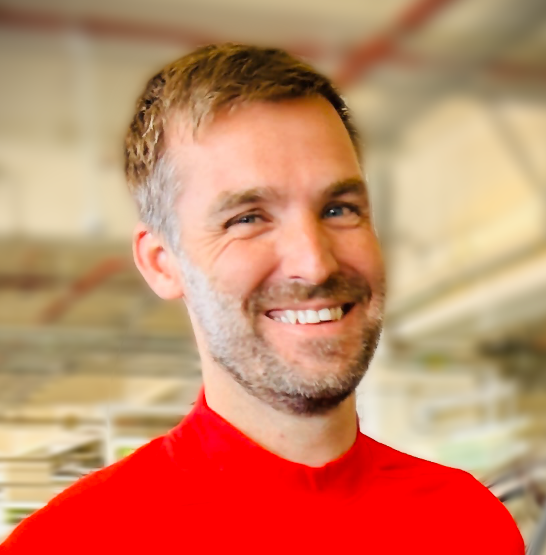Every facet of Snagajob was being dragged by an accumulation of twenty+ years of innovation, market shifts and acquisitions. With competing products, which received the same new feature sets each year, it was difficult to keep track of the nuances. We needed a better path forward.
Enter one platform.
With consolidation the answer, how did we get there? In the previous attempt at consolidation, the solution was to build a new one. The result reminds me of my favorite XKCD comic, standards. In mapping out the project, I realized that the current path would have resulted in two platforms in the end, not one. Additionally, that two platform divide was causing a tremendous drag on innovation for the next three years. We needed to accelerate by leveraging the oldest platform, not the newest.
Data
The first step was to reconcile the data and give the company consistent language to talk about its customers, regardless of which platform/product they leveraged. This took months of mapping all the products' data with the CRM/ERP.
First win
With the data consolidated, it allowed us to switch our business model from subscription-based to pay-for-performance. We were able to quickly build a new system that any of our products could leverage (unlike the previous P4P attempt that was locked to one product). First year, 2X revenue, second 4X.
Assimilation
With success in the P4P space, we continued to flesh out features in the oldest platform, migrating customers from old platforms when feature parity was matched. Eventually, all products were consolidated in October 2023. Achievement unlocked.
Wins
Engineering
- New feature development reduced by up to 83%
- Elimination of older technologies (PHP, AWS EC2, Silverlight, .NET Framework, SQL Server, etc). Saving money, reducing operational overhead, and lowering exposure to risk.
- Elimination of older technologies (PHP, AWS EC2, Silverlight, .NET Framework, SQL Server, etc). Saving money, reducing operational overhead, and lowering exposure to risk.
Sales
- Simplified the sales cycle and finding product fit for customers
- Faster onboarding of sales employees, no need to understand six distinct, yet comparable products.
- Faster onboarding of sales employees, no need to understand six distinct, yet comparable products.
Support
- Shortened "average handle time" and lowered the "ticket backlog", by eliminating the need to determine which product/products the customer needs help with.
Finance
- Simplified month-end closing as well as forecasting, with less variation to account for.
Entire company
- Reporting accuracy. Data no longer tells different stories based on source. (This was done by setting the source of truth as Kafka, where the product and reporting read from the same source).
- Simplified conversations. No need to clarify what a "customer", "applicant", "location" mean. One definition, one source of data.
- Simplified conversations. No need to clarify what a "customer", "applicant", "location" mean. One definition, one source of data.
